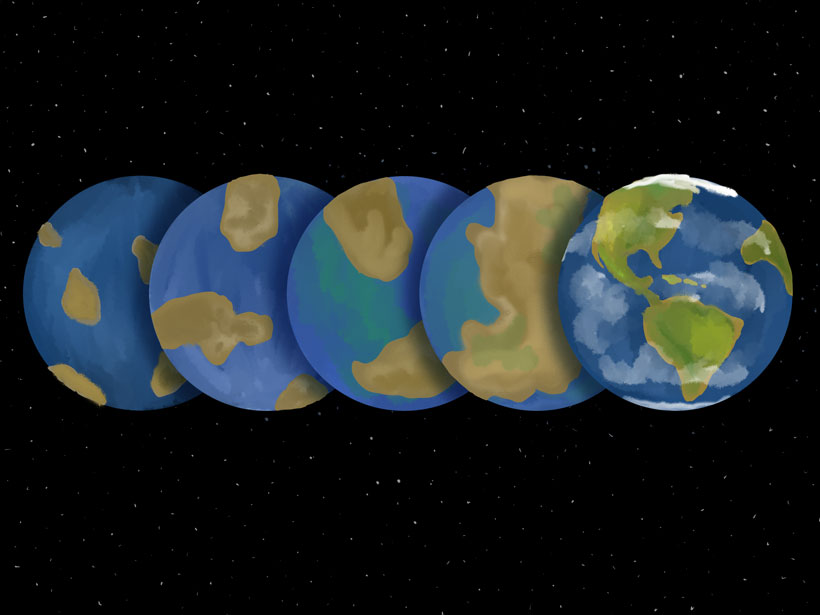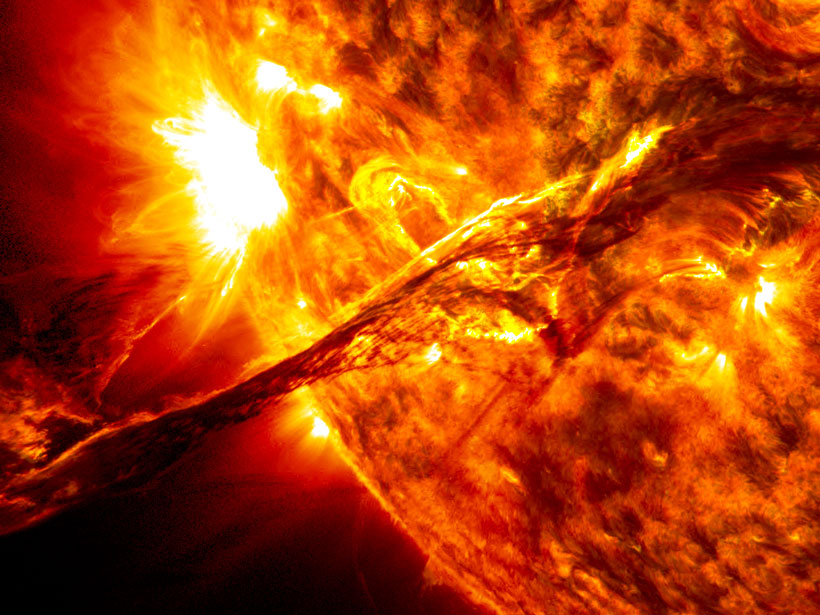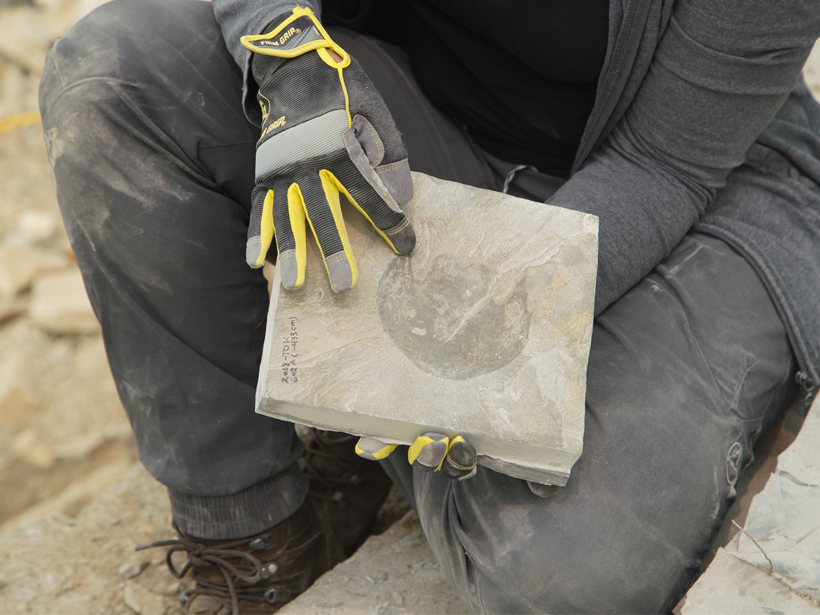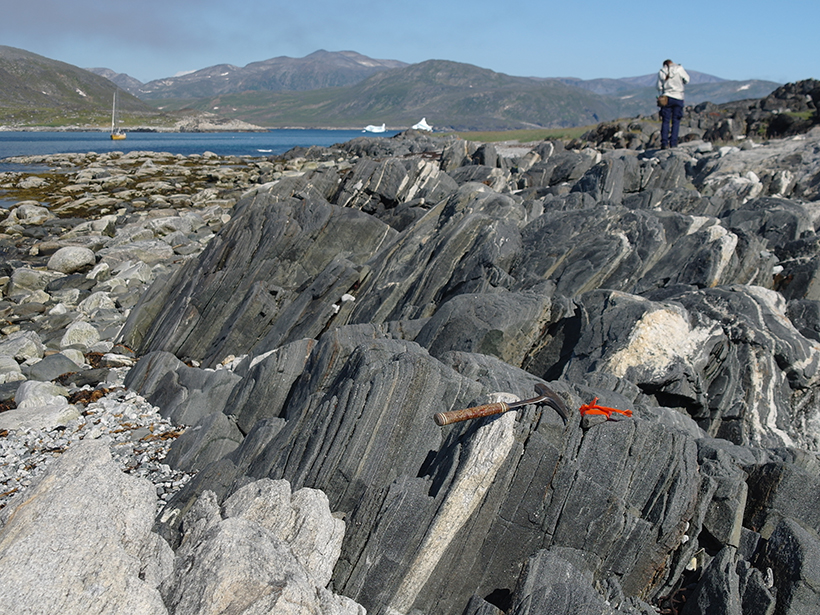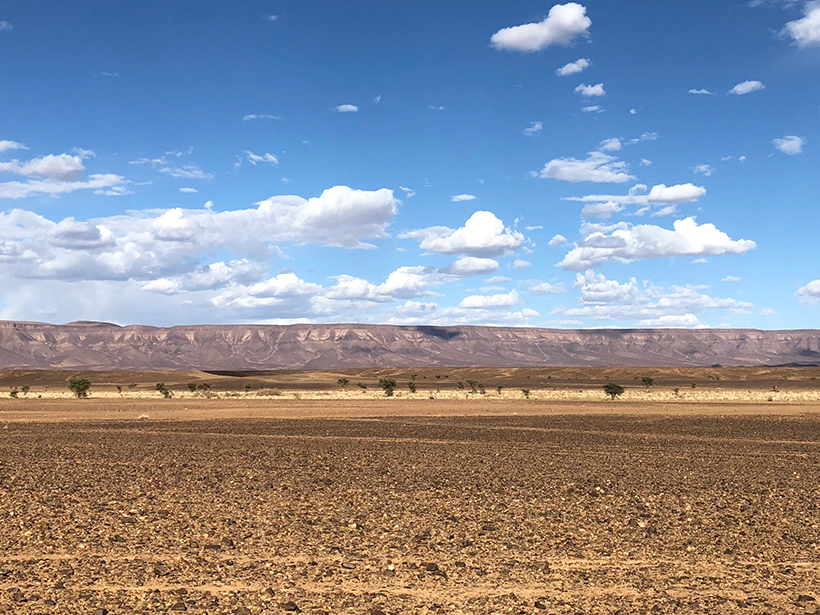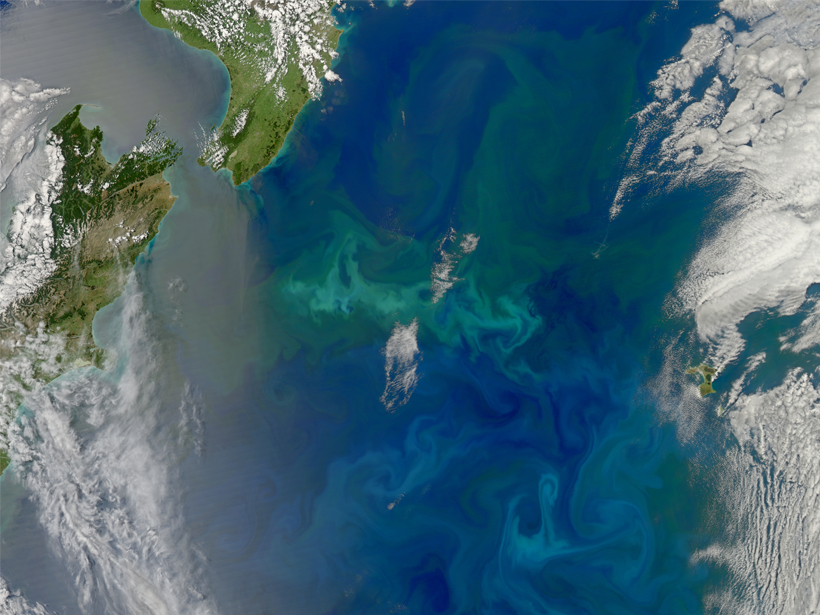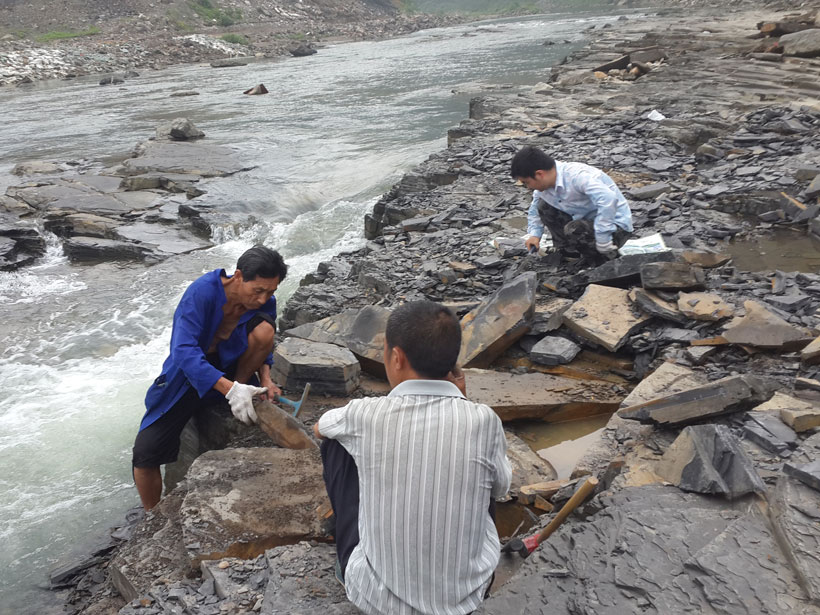Astronomers model changes in Earth’s chemical signature over the past 4 billion years to improve the search for Earth-like exoplanets.
early Earth
Antarctic Ice Cores Offer a Whiff of Earth’s Ancient Atmosphere
Bubbles of greenhouse gases trapped in ice shed new light on an important climate transition that occurred about a million years ago.
How Chemical Processes Influence Fracture Pattern Development
Many tools of chemical analysis, experimentation, modeling, and theory have the potential to increase our understanding of how fracture patterns develop at different geological time scales.
Did Bacterial Enzymes Cap the Oxygen in Early Earth’s Atmosphere?
A new theory suggests that nitrogenase from cyanobacteria could be the reason oxygen levels remained low after the Great Oxidation Event.
Moon Sheds Light on Early Solar Spin
Lunar samples reveal that the Sun spun relatively slowly in its first billion years and blasted the Earth and Moon with coronal mass ejections.
Newly Discovered Fossil Species Named After Star Wars Starship
The 500-million-year-old species is a distant relative of today’s crabs, spiders, and insects.
When Water Met Rock
Geologists discover rocks bearing the earliest known evidence of water interacting with rock on Earth’s surface.
Earth’s Eccentric Orbit Helped Preserve Rare Soft-Tissue Fossils
Cyclical changes in Earth’s orbit helped to preserve rare fossils in Morocco.
Southern Hemisphere Sediments Show Surprising Pliocene Cyclicity
New, high-resolution paleoclimate reconstructions with 100,000-year rhythms may offer insights into how Earth’s climate system operated during a time when the planet was warmer than it is today.
Scientists Discover Pristine Collection of Soft-Tissue Fossils
The fossils include jellyfish, box jellies, branched algae, and sponges, which are underrepresented in or missing from other deposits.

